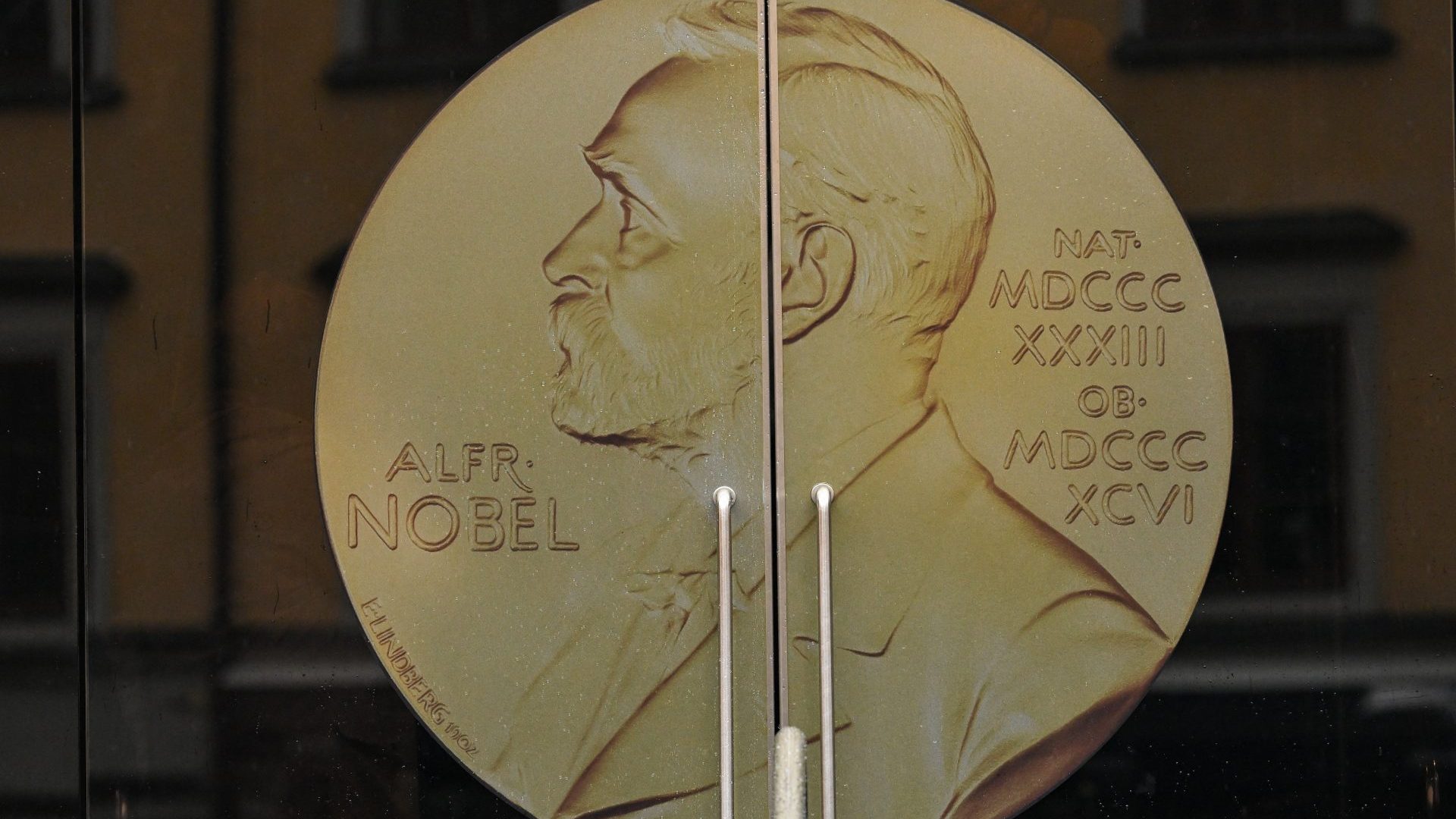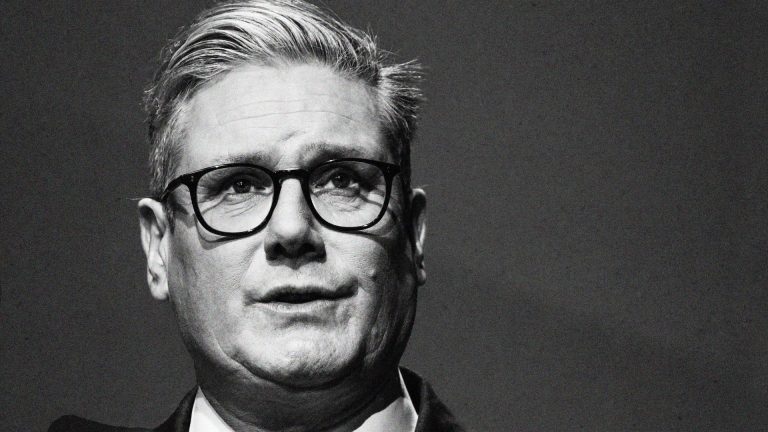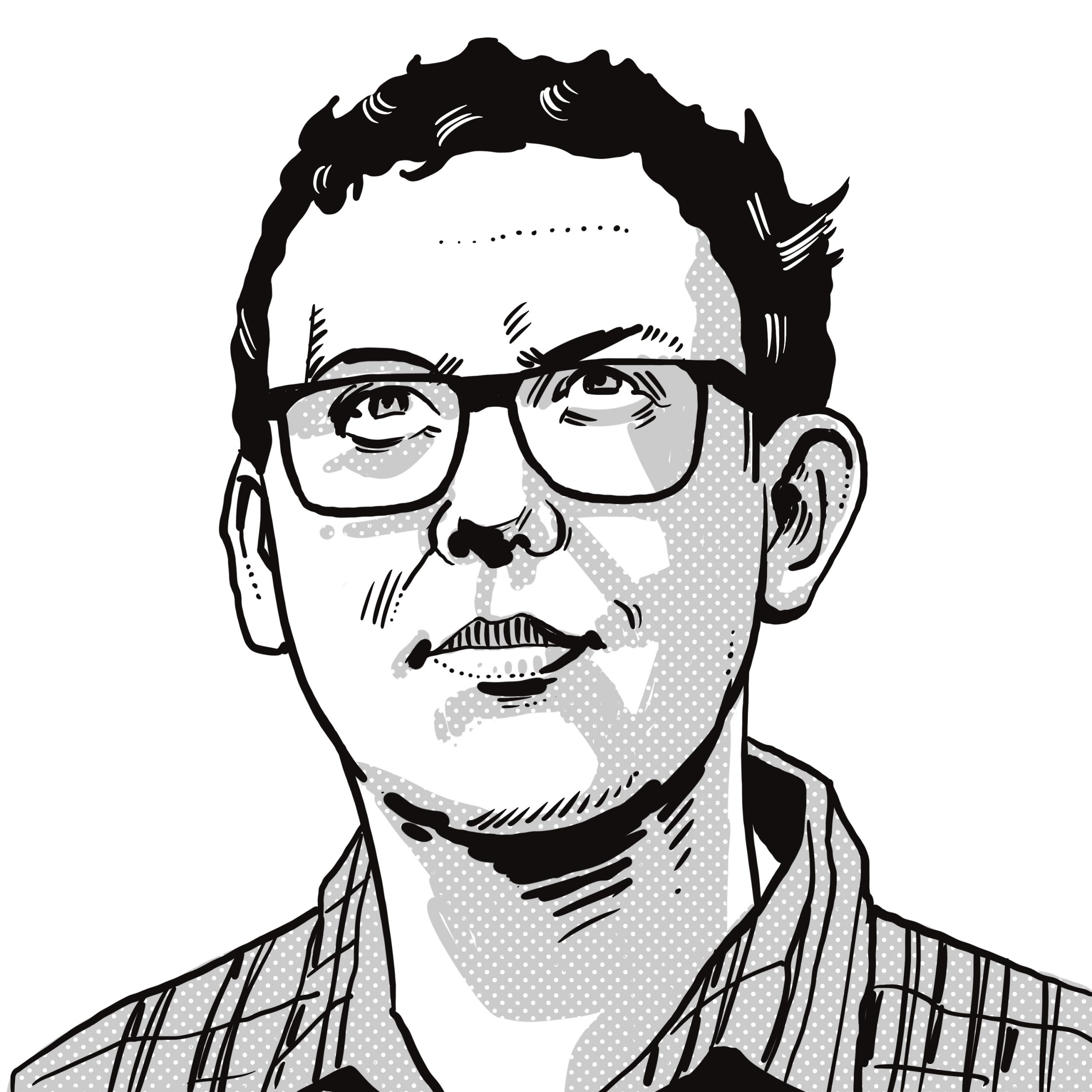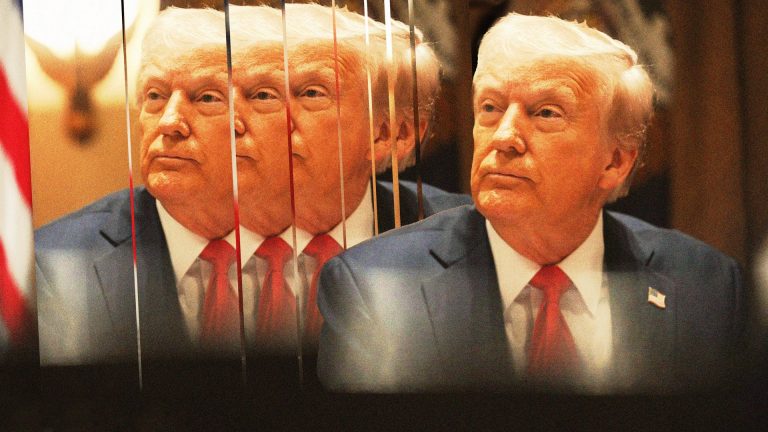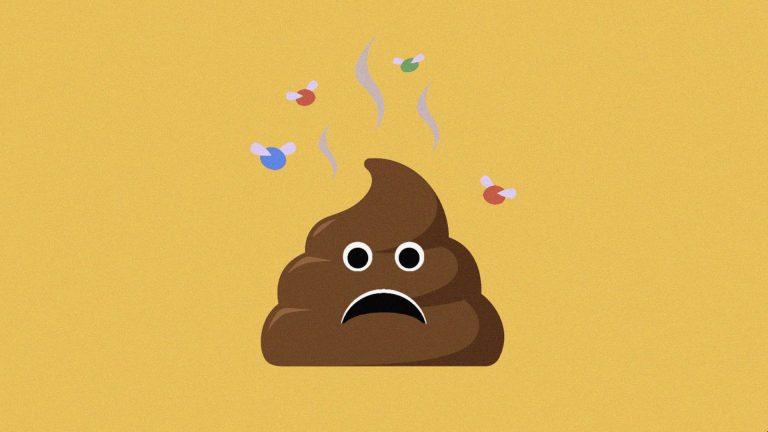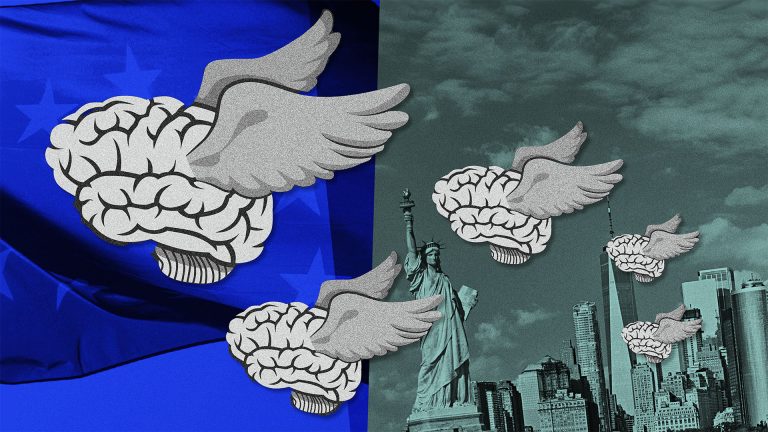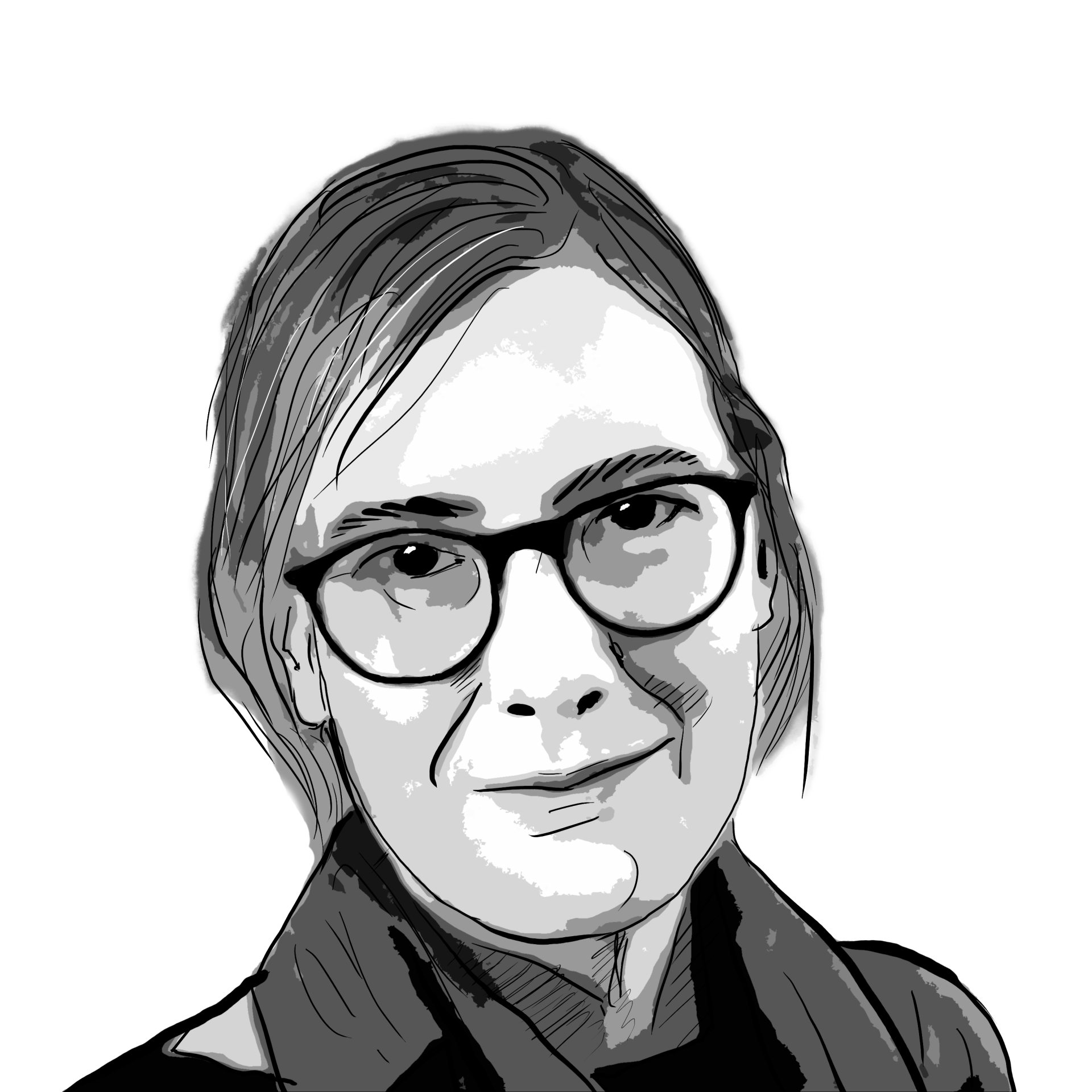There’s little that scientists enjoy more than quibbling and grouching about the decisions of the Nobel Prize committee (overseen for science by the Royal Swedish Academy of Sciences). This year’s Nobel season offered particularly ample scope for argument.
As if in acknowledgement of the Zeitgeist, advances in AI dominated, featuring in both the Physics and the Chemistry awards. Is this stuff even science, some asked, or just high-tech number-crunching?
The physics award went to John Hopfield and Geoffrey Hinton for laying the foundations of today’s AI systems. In the 1980s Hopfield devised the theory behind artificial neural networks, which, by mimicking the highly interconnected networks of biological neurons in our brains, are capable of solving problems by learning to identify the right answers through a training process.
Systems like this had been proposed in the 1960s as a route to artificial intelligence, but Hopfield provided the first real theory of how they memorise and recall patterns.
It was not until Hinton showed in the early 2000s how to vastly expand the power of such networks in an approach called deep learning that this early promise started to deliver useful results. Remember how Google Translate suddenly went from being stilted and unreliable to accurate and fluent? That was partly thanks to Hinton.
Deep learning is the foundation of today’s “generative AI” systems, including large language models like ChapGPT and Midjourney, that can produce scarily convincing text, images, speech and movies from simple prompts.
If this work was going to be recognised by the Nobel committee, these are the right people to reward. But isn’t this computer science, not real physics?
As far as Hopfield goes, I don’t buy that objection. He studied physics before working on problems in biology and computer science, and all his thinking is grounded in a deep understanding of theoretical physics. (He is also one of the smartest people I’ve ever met.) Hopfield is a prime example of the value of being able to think beyond disciplinary boundaries, and his Nobel is a just reward for a lifetime of stimulating ideas.
Hinton is another matter, although his important work on neural networks called Boltzmann machines in the 1980s also had clear links with ideas in theoretical physics.
But purists should chill. A former vice-chair of the Nobel Foundation told me recently that, while feeling duty-bound to observe Alfred Nobel’s 1895 stipulations about the awards, the committee strives to interpret them broadly, which is how for example they have been able to honour research in the earth sciences and in human evolution in previous years. This seems entirely right. (I’m more concerned that the Nobel will seem to validate Hinton’s errant comments on both the current capacities and the existential risks of AI, the latter prompting his resignation from Google in 2023. Nobels are notorious for conferring undeserved guru status in the public arena.)
The chemistry prize, meanwhile, went to the work that I’d discounted in an earlier column as too early: the development of a deep-learning AI algorithm called AlphaFold that can accurately predict the shapes (structures) of just about every protein molecule known to humankind.
This tool was devised by researchers at DeepMind, a subsidiary of Google’s holding company Alphabet, led by the two laureates Demis Hassabis and John Jumper. Proteins are the key players in the molecular workings of living cells, and deducing their structures has been a long-standing problem in molecular biology, requiring laborious experimental techniques. Now AlphaFold does it (with varying but still impressive accuracy) at the push of a button.
Some have protested that this is not “real chemistry” because the topic is biological – a common gripe for this prize in recent years, but really just a reflection of how much chemistry and biology overlap today. The deeper complaint is that AlphaFold doesn’t involve “thinking like a chemist” – it solves the problem just by chucking enough computational resources at it.
In that respect the debate captures the anxiety of our times: is the same becoming true of any creative human endeavour, from composing music to making movies and podcasts, all now done by the machines thanks to the likes of Hopfield and Hinton?
In any event, AlphaFold is a transformational tool. As I said in my earlier column, the hype about how it will revolutionise drug discovery (many drug molecules stick to proteins) may be overblown. But one of the most valuable applications is in reversing the logic, to enable chemists to design new, non-natural proteins (with novel functions) with whatever target shape they choose.
That’s the goal of the third laureate, biochemist David Baker, who was a veritable artist in protein design even before he was getting help from AlphaFold. And this business of designing and making new molecules is surely the very essence of chemistry.
Amidst all that argument, let’s not overlook the prize for medicine or physiology (Nobel’s unwieldy framing for what we now call the life sciences). That award is, in its own way, just as interesting. US biologists Victor Ambros and Gary Ruvkun won it for discovering in the late 1980s and early 90s how biomolecules called microRNAs control how genes are turned on and off in our cells.
It could seem like recondite stuff, but this role for RNA – once seen as a mere intermediate in the production of proteins from genes – is an important part of a wider story. In the fact, and the manner, that RNA does a job like this, we can see why the old view of our DNA genome as a kind of blueprint for an organism no longer makes much sense. There’s no relentless unfolding of any genetic “program”; microRNAs are a key part of a cell’s ability to respond to circumstance and contingency.
This Nobel signals the need for new stories about how life works. It has been suggested that a better analogy for the genome is none other than a large language model: a “creative” system capable of generating many different outputs. Like the brain, perhaps life itself is fated forever to be interpreted in terms of our latest technology.


